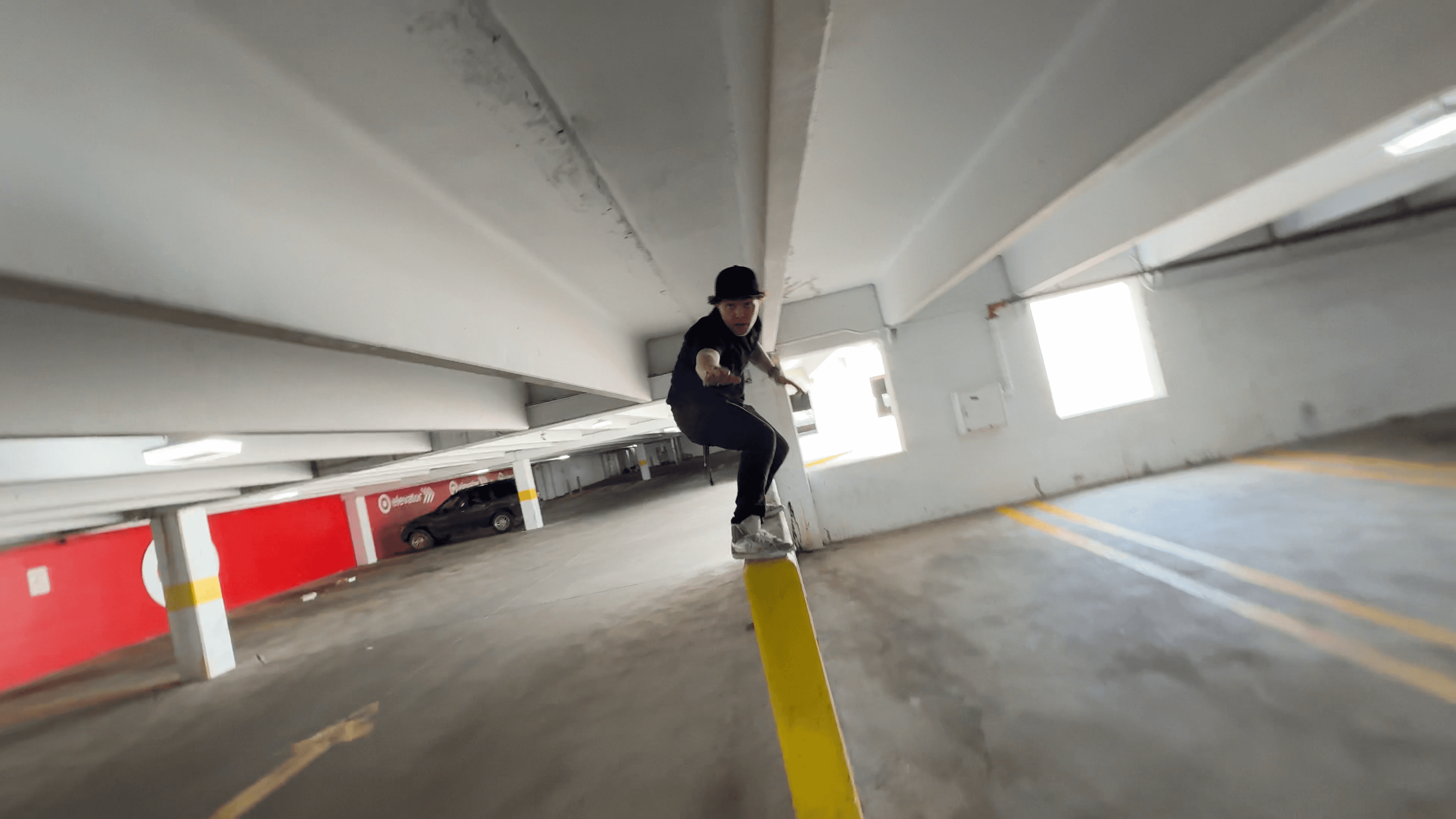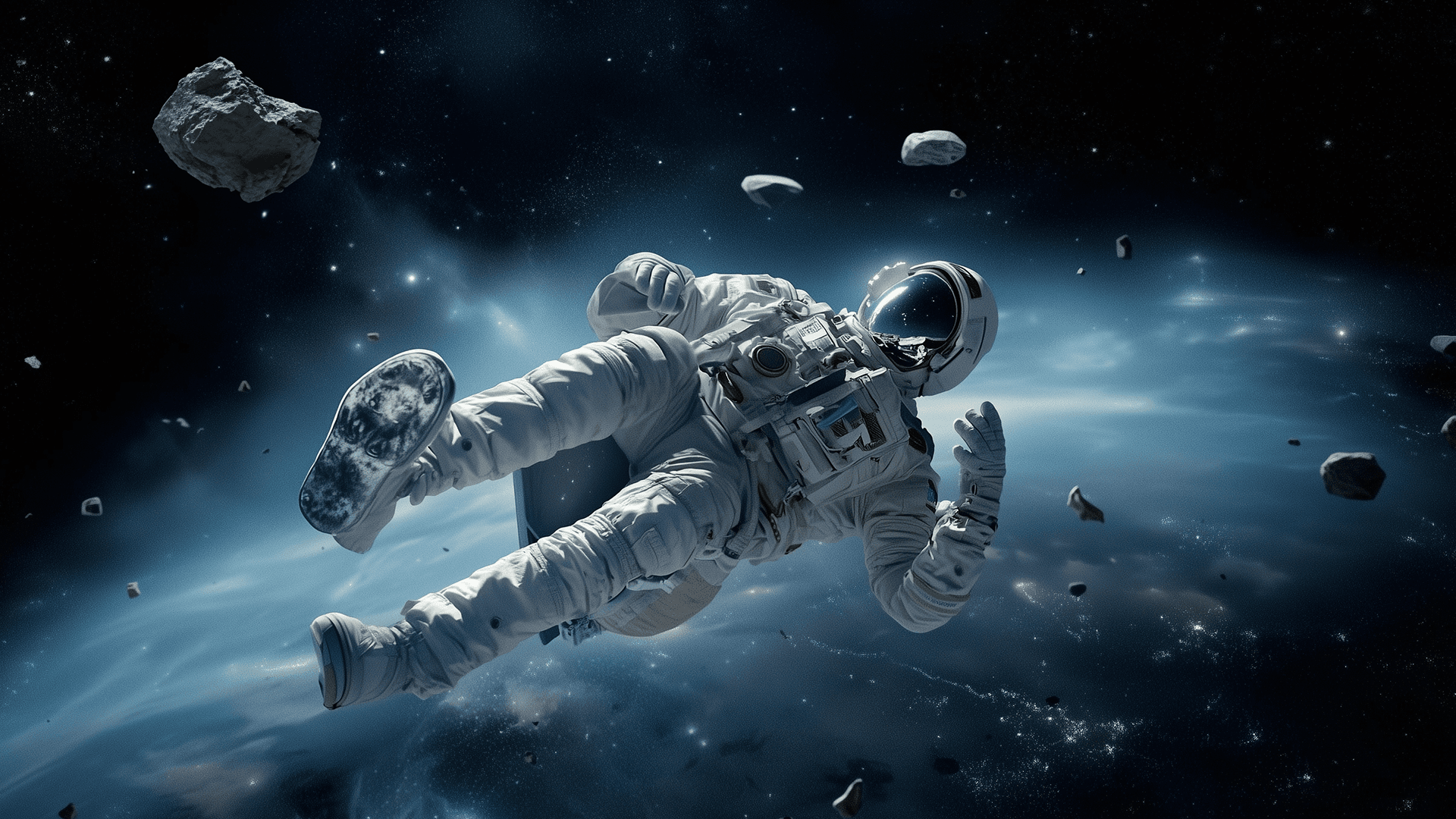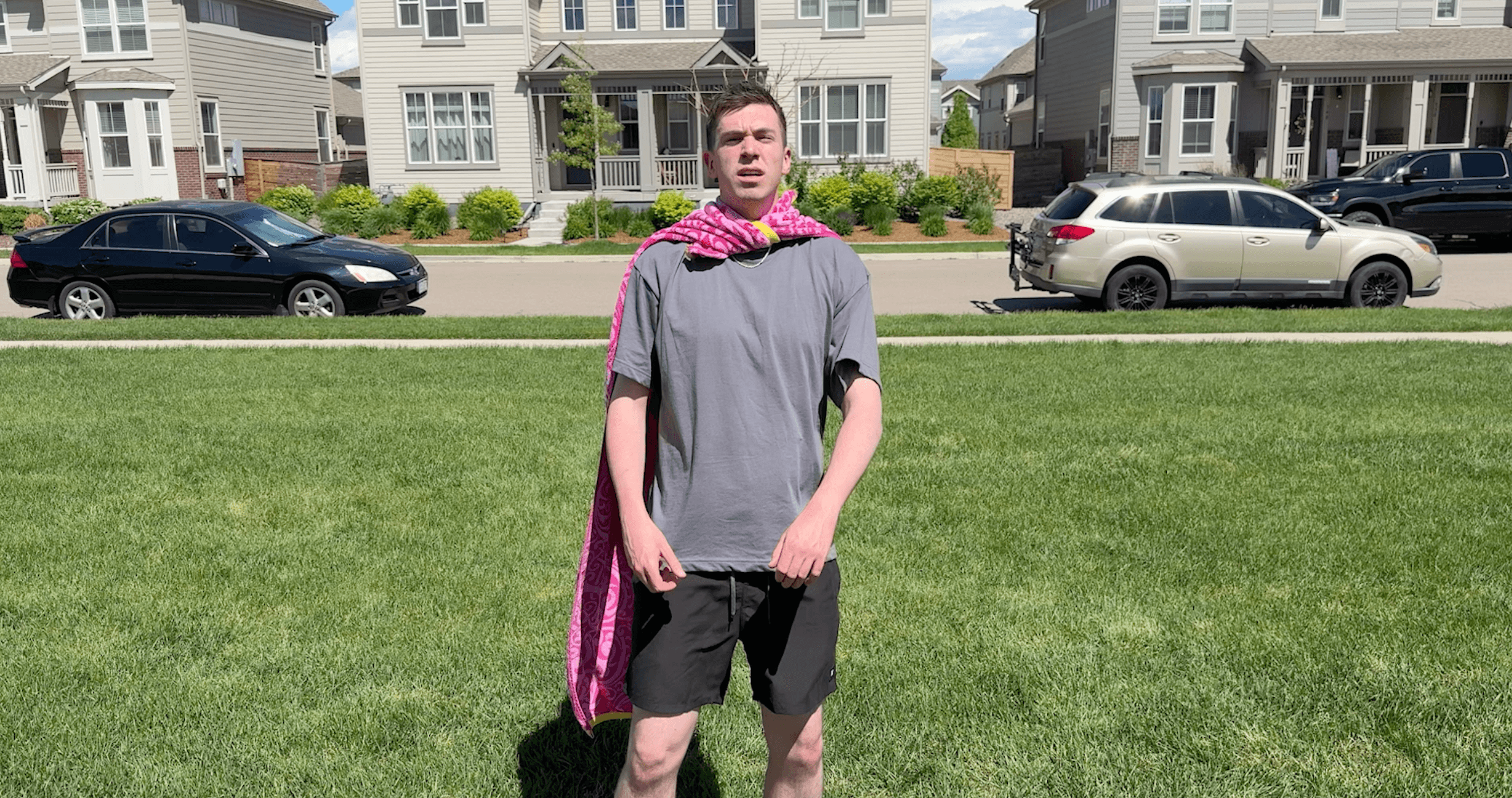Change Video Framing and Camera Angles with Video to Video AI
Transform the Perspective of Any Scene Without Reshooting
Whether you're working on short films, social content, product videos, or animations, getting the perfect camera angle or frame often requires reshoots, multiple takes, or complex editing. Not anymore.
With the Luma AI Video to Video tool, you can change video framing and camera angles using only a text prompt or reference image. This is next-gen generative filmmaking powered by AI that understands depth, composition, and cinematic perspective.
Why Change Framing and Camera Angles with AI?
Traditional changes in framing, like switching from a wide shot to a close-up, or shifting the camera angle for dramatic effect, require:
- Access to the original scene or setup
- Skilled camera work and lighting
- Post-production compositing
Luma AI eliminates these limitations by enabling creators to reimagine the scene using prompt-based, frame-by-frame video generation. You can:
- Reframe a mid-shot to a dramatic close-up
- Simulate a new angle (e.g., top-down, over-the-shoulder, low-angle)
- Adjust subject positioning within the scene
- Stylize framing to match cinematic, vlog, or documentary styles
How It Works?
1. Upload Your Original Video
Use any video clip whether it’s filmed professionally or captured on a phone. Luma AI supports a wide range of video inputs with high visual fidelity.
2. Describe the Desired Framing or Angle
Using natural language, guide Luma’s model with prompts like:
- “Close-up shot focused on the subject’s face”
- “Low-angle heroic framing with dramatic lighting”
- “Wide establishing shot from a drone’s perspective”
You can also upload an image or film still as a framing reference.
3. Let Luma AI Reimagine Your Video
Luma AI Video to Video model uses spatial and temporal understanding to transform each frame. Unlike cropping or zooming, the AI reconstructs the scene from a new visual perspective with cinematic detail.
4. Export and Publish
Download your AI-transformed video in high resolution, ready for publishing, editing, or storytelling across platforms.
Use Cases for Camera Angle & Framing Adjustments
- Filmmakers & Indie Directors
Test multiple compositions without extra setups, ideal for short films, pilot projects, or concept reels.
- Social Media Creators
Convert horizontal videos to vertical with intelligent reframing for Reels, TikTok, or Shorts without cutting out key visuals.
- Product Videos
Reframe scenes to highlight product features or alternate usage angles for e-commerce or demo videos.
- Storyboarding & Previsualization
Simulate alternate shots or cinematic coverage before going on set perfect for creative planning.
Why Use Luma AI?
Unlike conventional editing tools, Luma AI’s Video to Video engine doesn’t crop or distort its reimagines.
With cutting-edge generative technology trained on photorealistic and cinematic scenes, you get:
- True multi-angle control via natural prompts
- High-resolution, motion-consistent frame generation
- Creative flexibility without needing technical edits
- Scene-aware transformations that preserve lighting, mood, and flow
Whether you're optimizing for vertical formats or enhancing cinematic storytelling, Luma AI empowers creators to experiment and elevate their visuals all without reshooting.
Start Reframing Your Story, One Prompt at a Time
You no longer need extra takes or alternate camera rigs to change how a scene looks. With Luma AI, your next camera angle is just a sentence away.
Discover More

Apply Vintage Aesthetic to Videos with the AI Video to Video Tool
Transform Any Footage into a Vintage Aesthetic Video Powered by AI
Vintage never goes out of style. Whether it’s the grainy look of VHS, the warm tones of Super 8 film, or the soft blur of analog camcorders, the vintage aesthetic is making a powerful comeback across music videos, fashion films, social content, and indie cinema.
With the Luma AI Video to Video tool, you can reimagine any video in a vintage aesthetic through a simple text prompt or image reference. No LUTs, plugins, or color grading needed. Just describe the look you want, and Luma AI’s generative video model will bring it to life frame by frame.

Switch from Wide Shot to Close-Up Using the Video to Video AI
Reimagine Your Scene with a Prompt No Reshoot Needed
Need to convert a wide shot into a dramatic close-up without setting up new cameras or re-editing frame by frame? With the video-to-video AI tool from Luma AI, you can generate new perspectives on existing footage using just a simple text prompt.
This isn’t cropping. It’s not zooming. It’s AI-driven scene regeneration.
Powered by advanced video diffusion and neural rendering, Luma AI allows creators to direct how a scene looks and feels from camera angle and motion to lighting and visual tone by describing it naturally. Whether you're producing short-form content, film, or creative experiments, switching from a wide shot to a close-up is just the beginning.

Transform Film Scenes with AI Video to Video Style Change
Restyle Cinematic Scenes with Next-Gen AI No VFX, No Reshoots
Filmmaking is evolving and so should your workflow. With Luma AI’s Video to Video generator, directors, editors, and creators can transform ordinary film footage into high-impact, stylized scenes without relying on costly reshoots, complex post-production, or visual effects pipelines